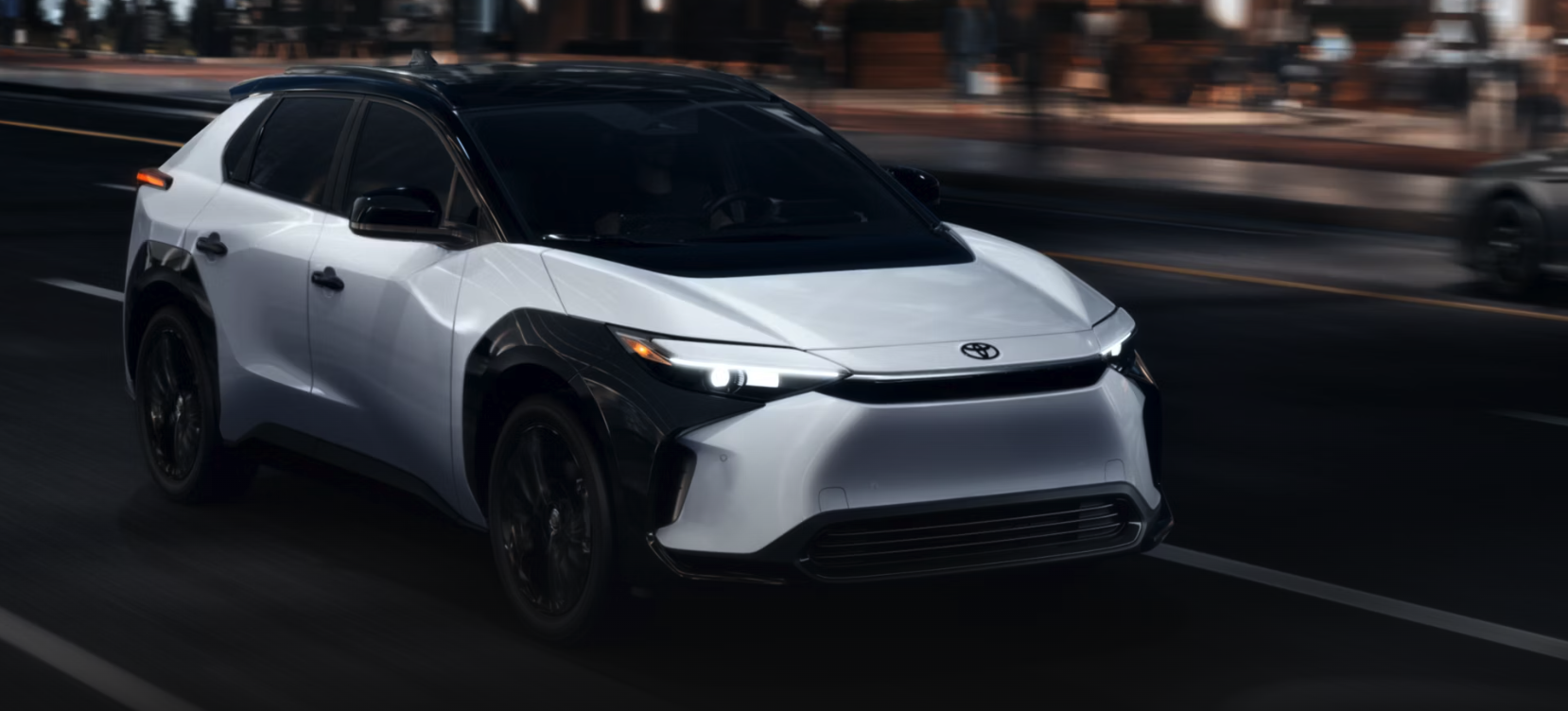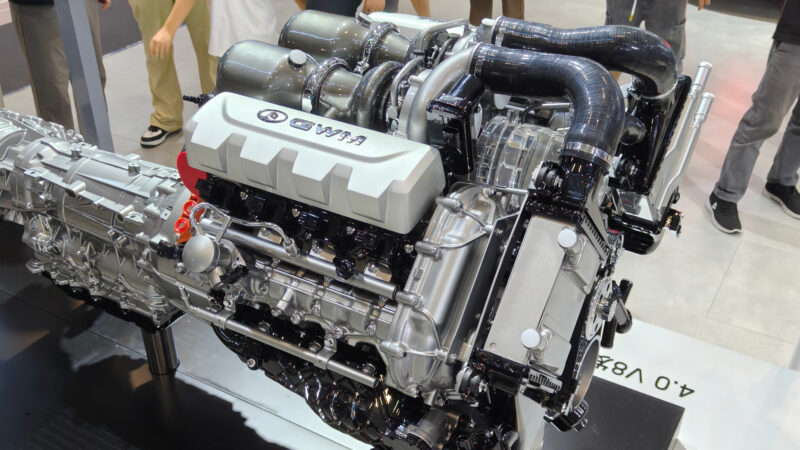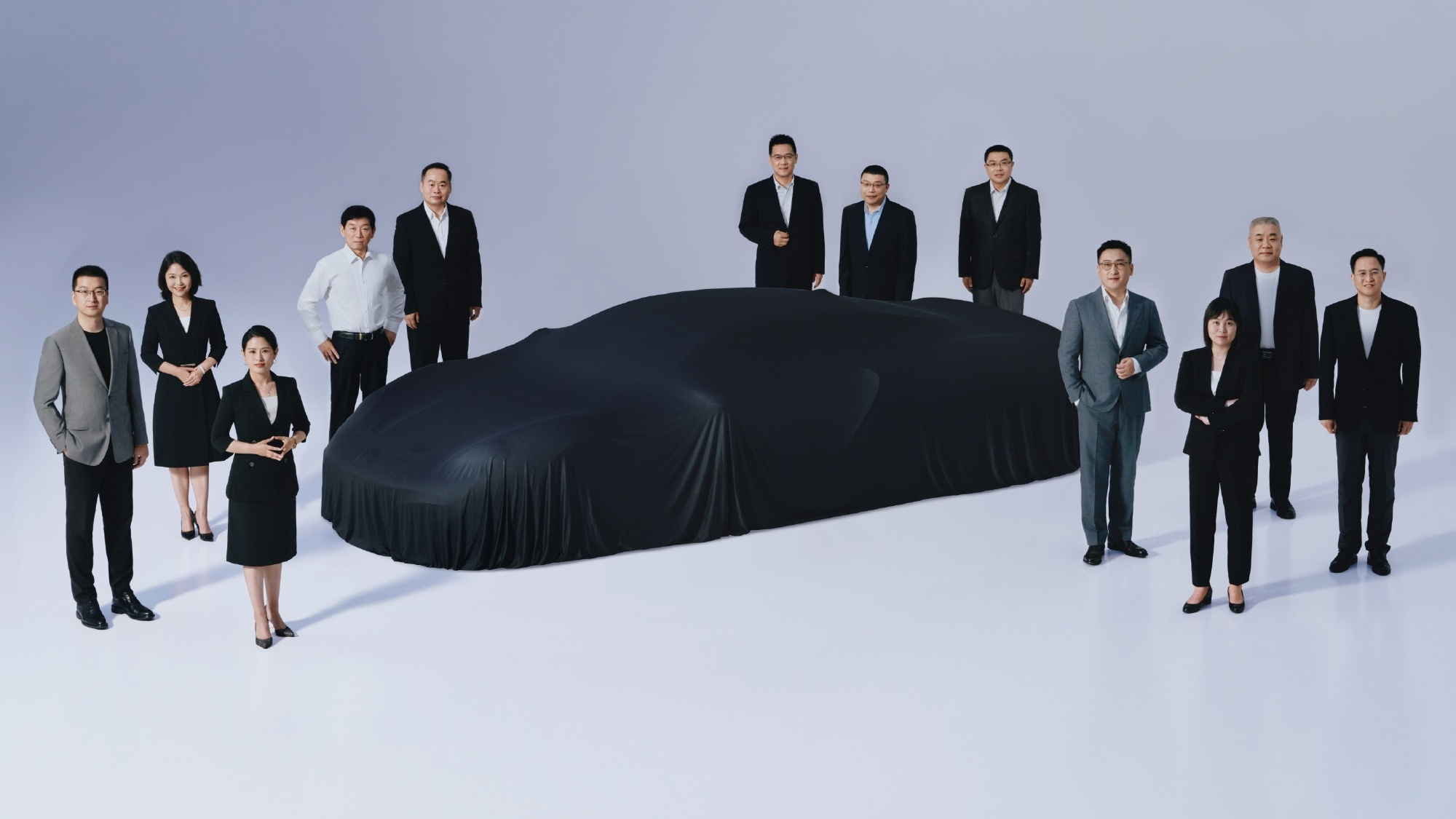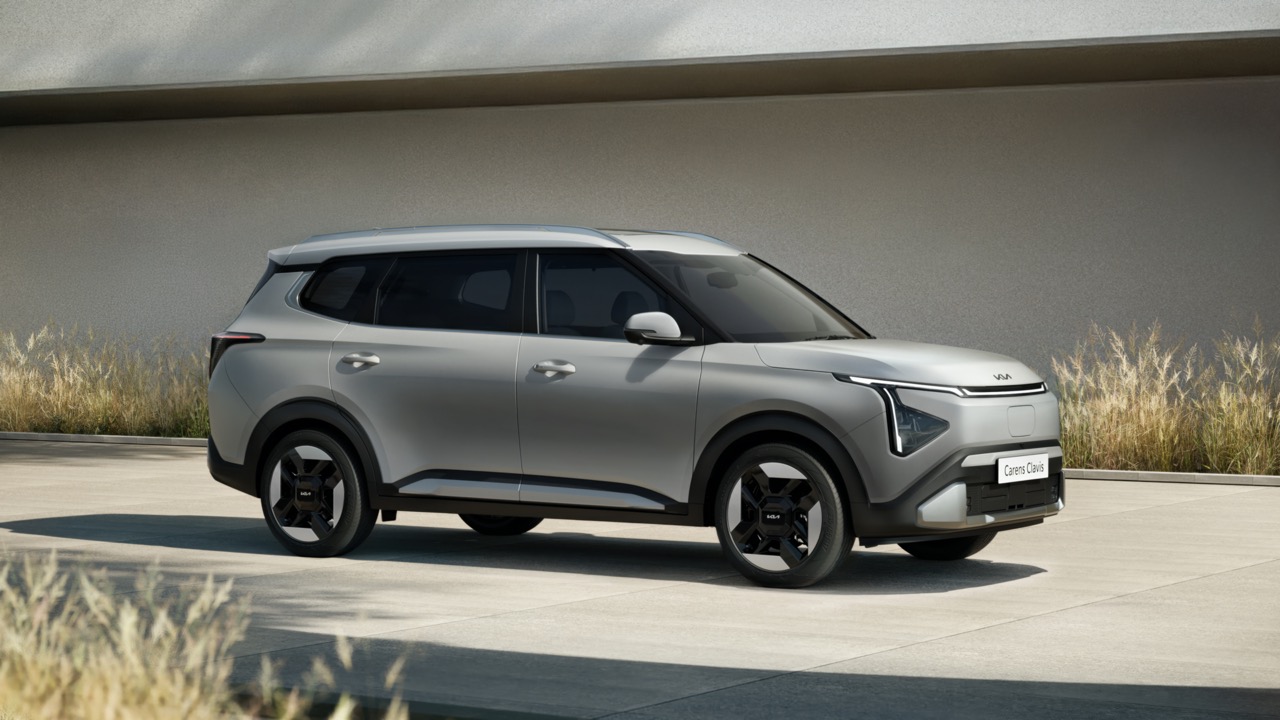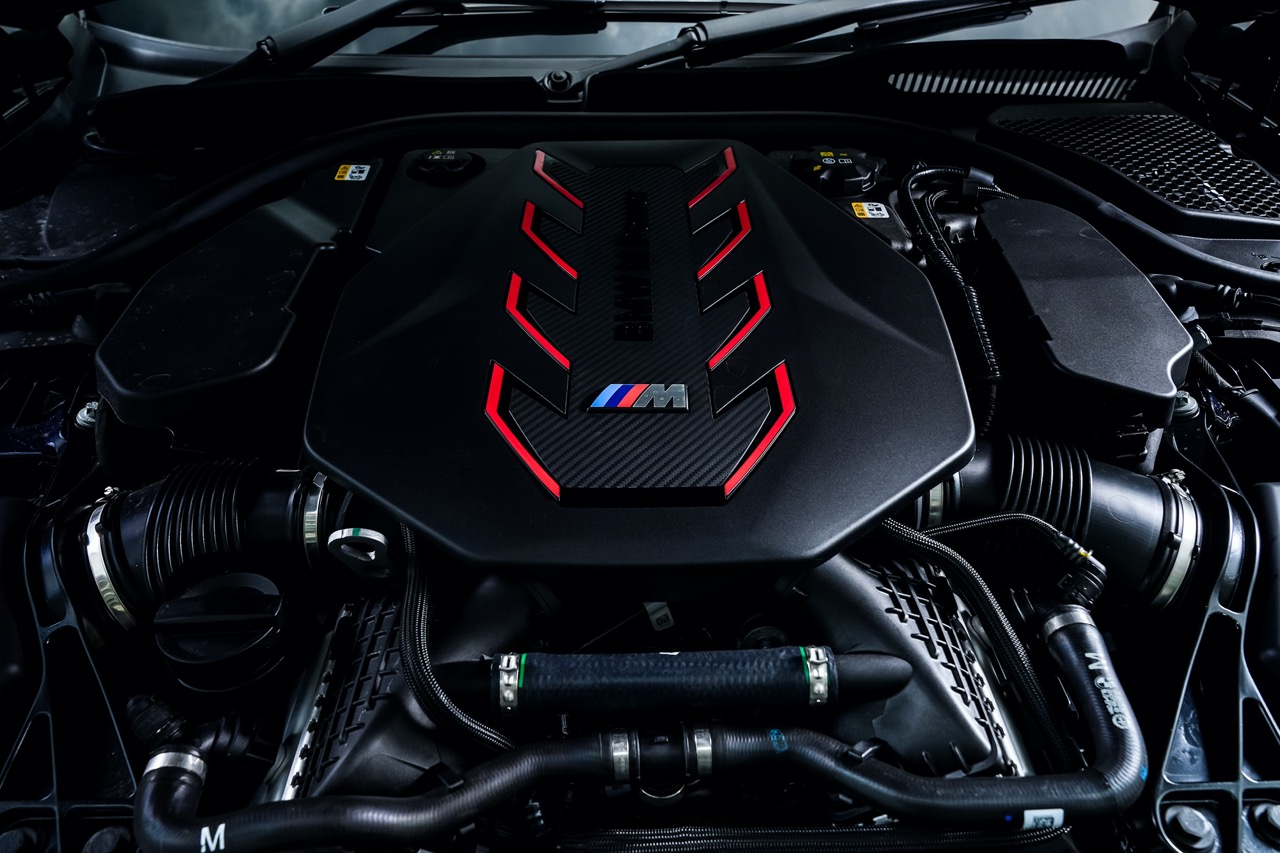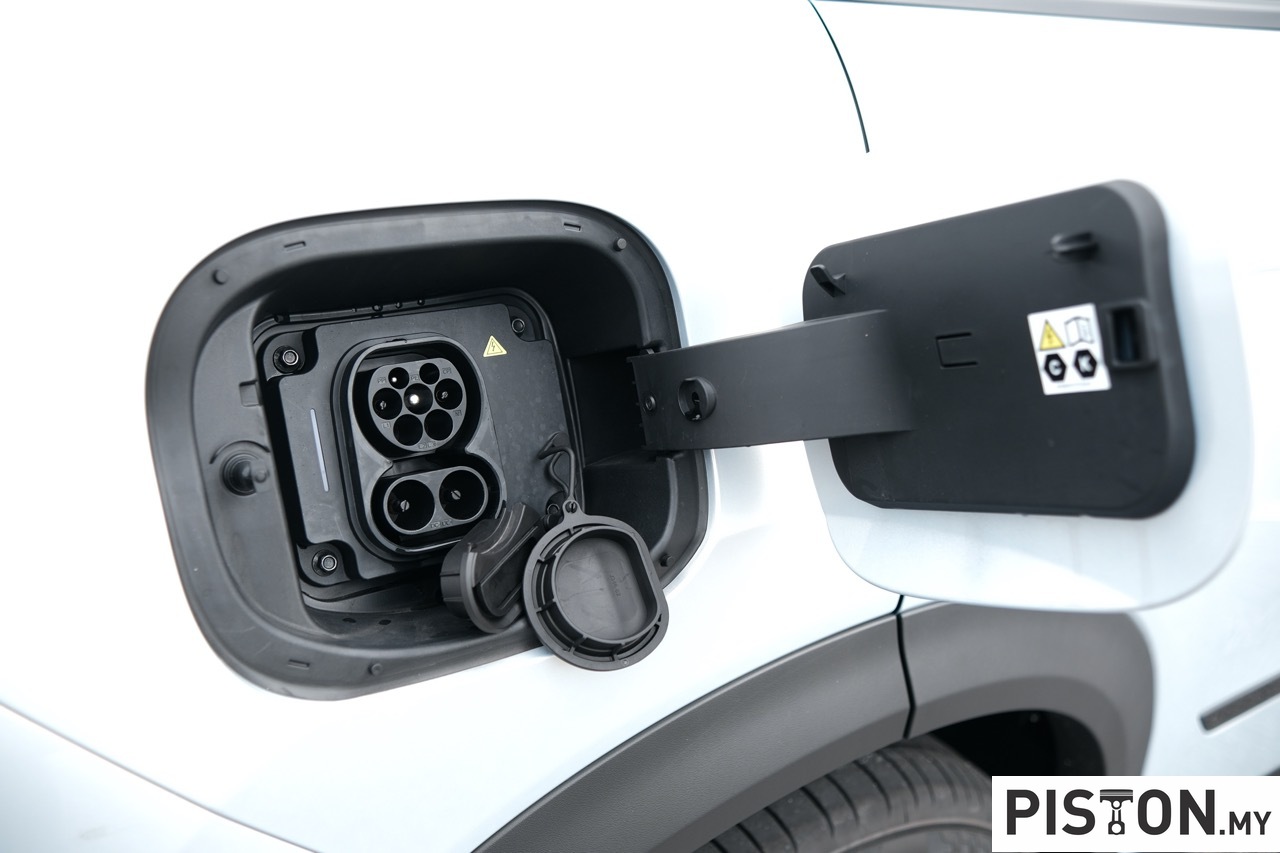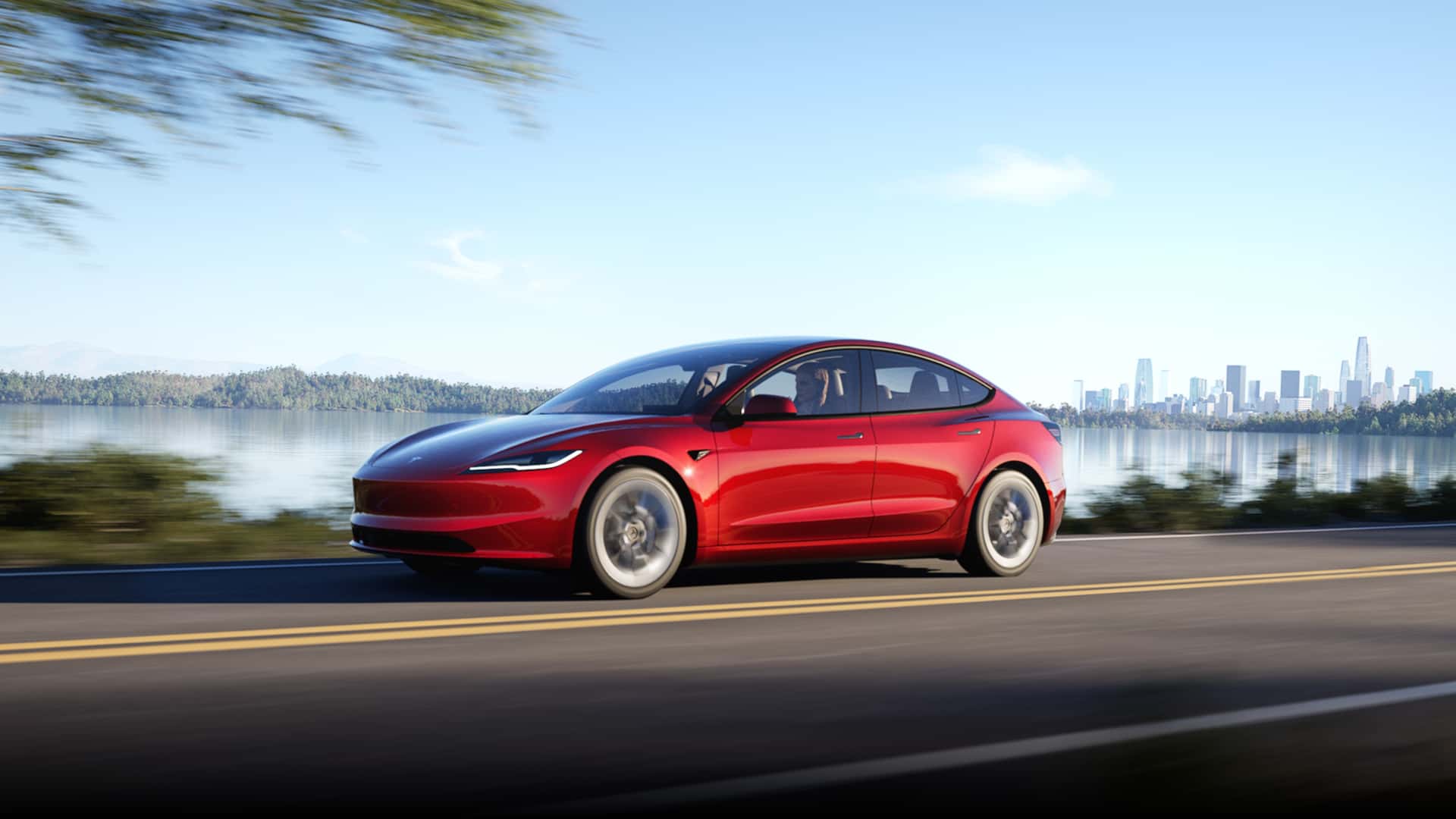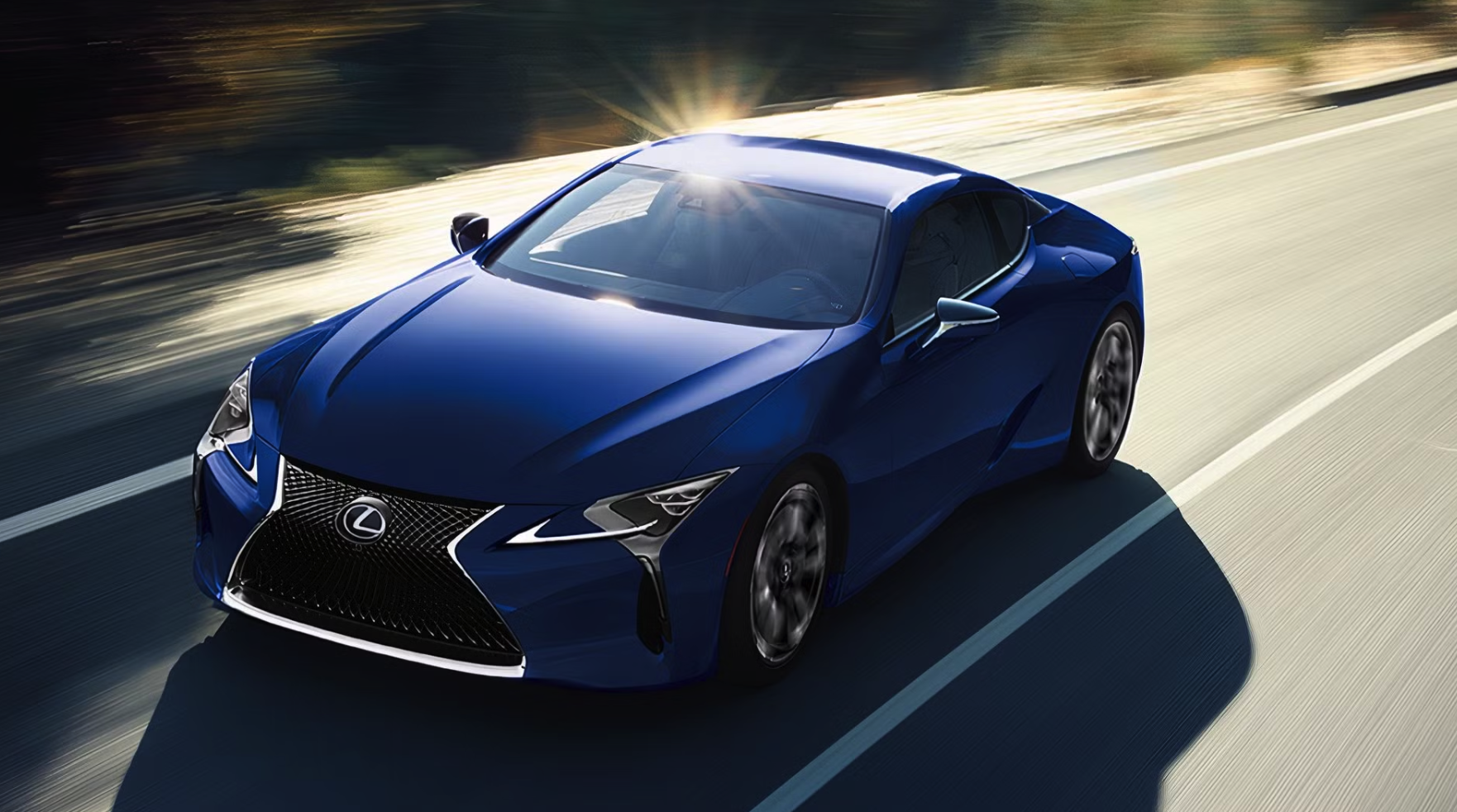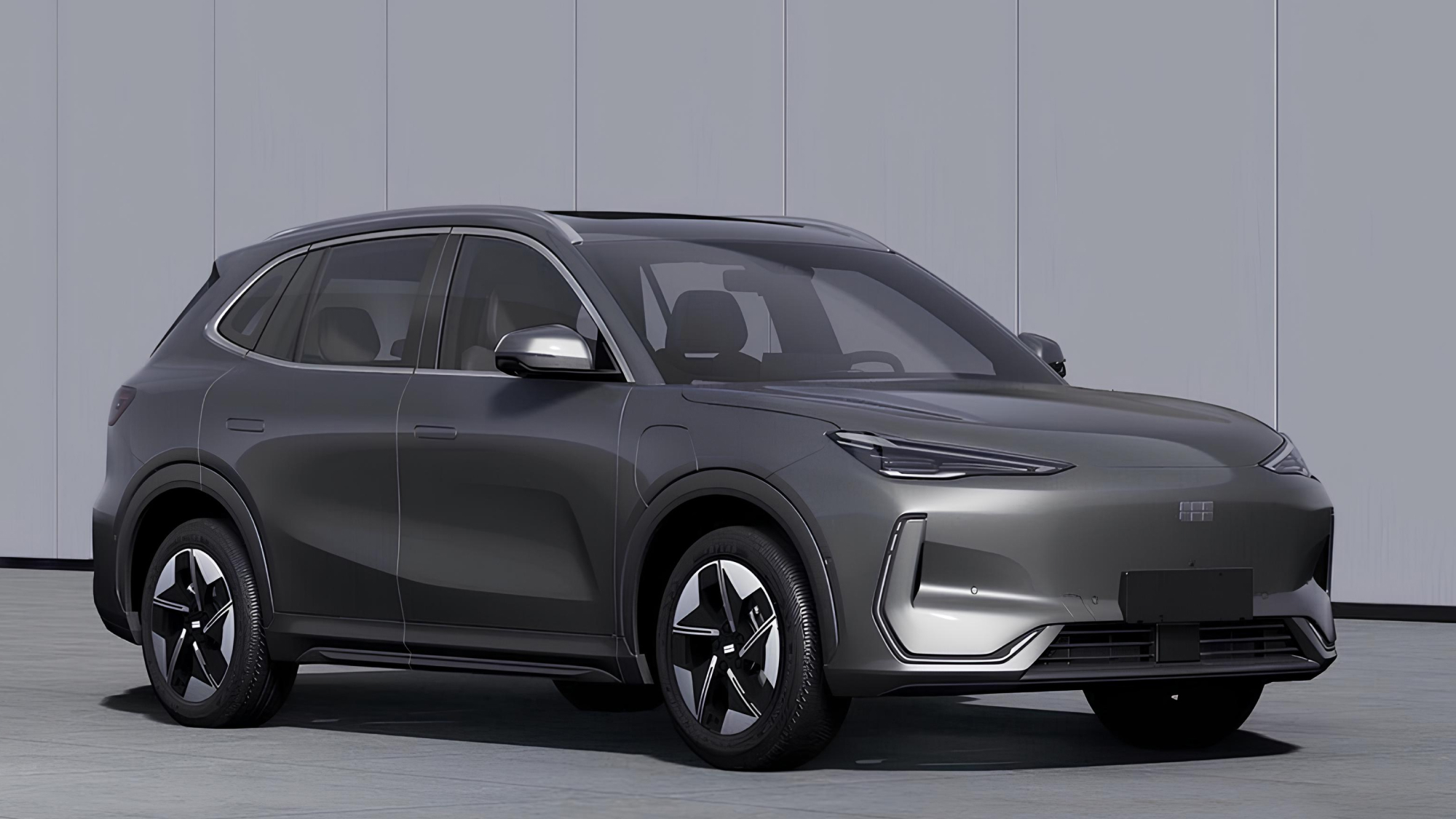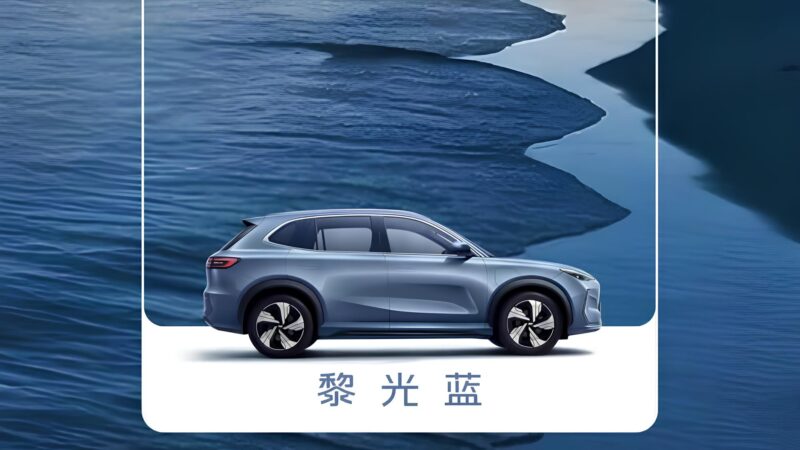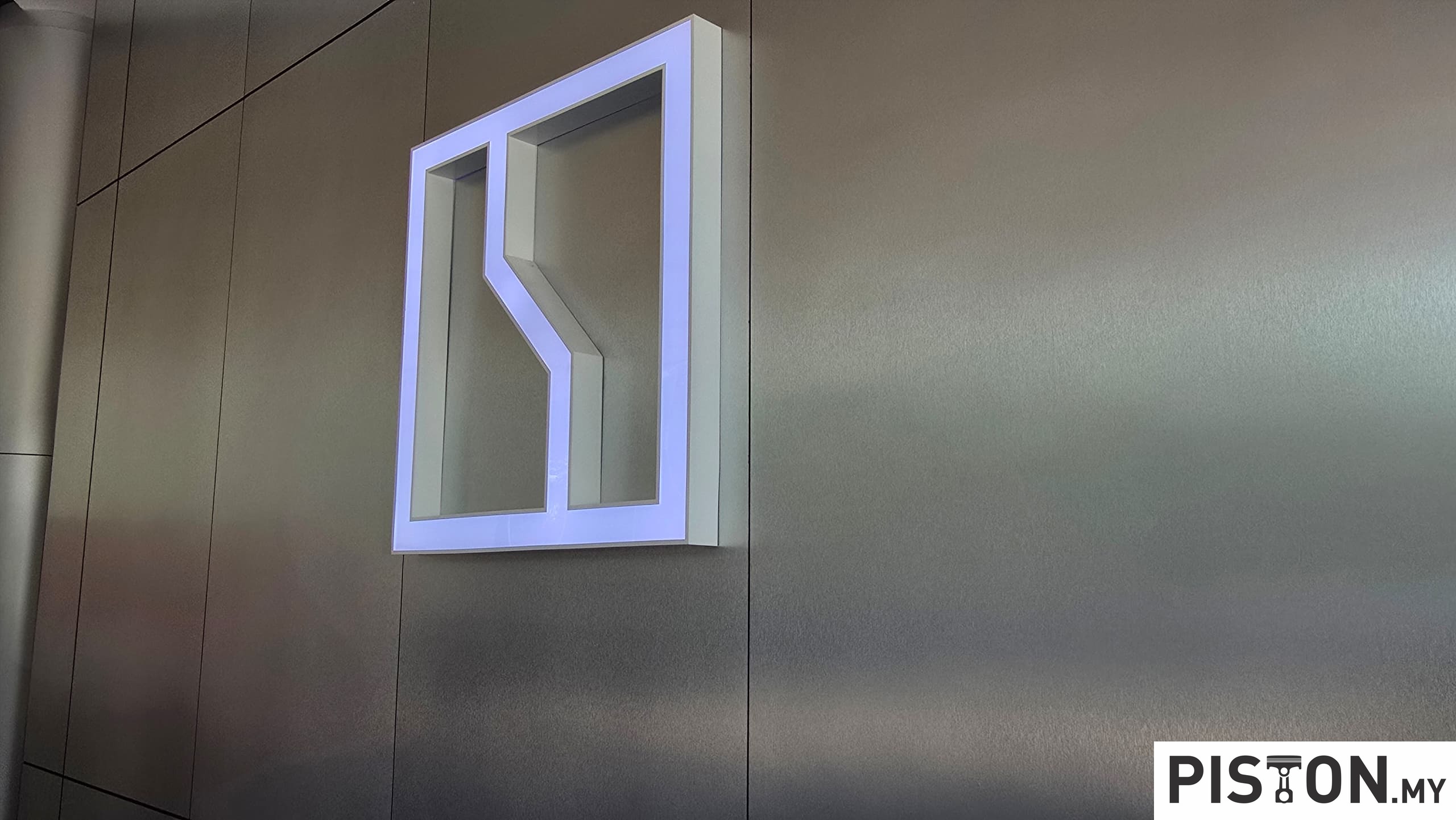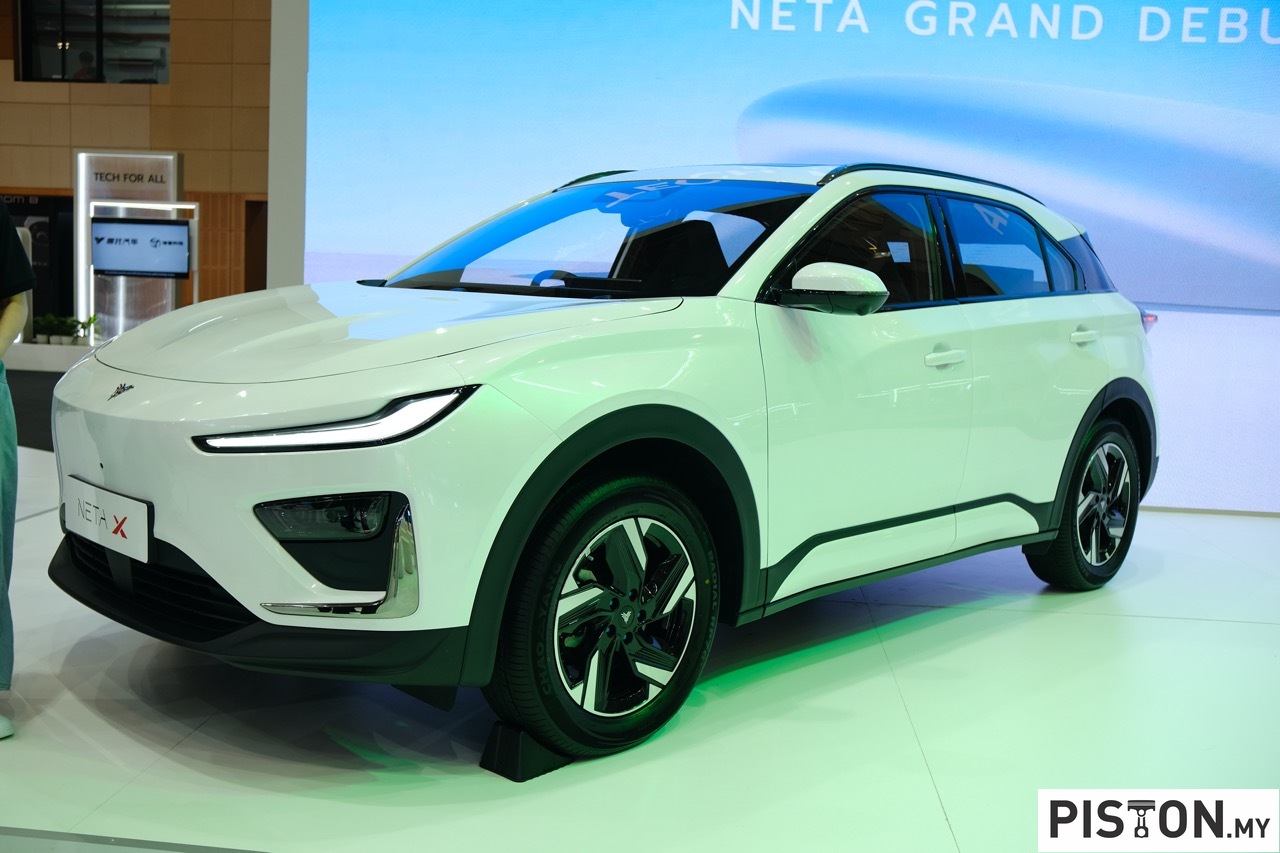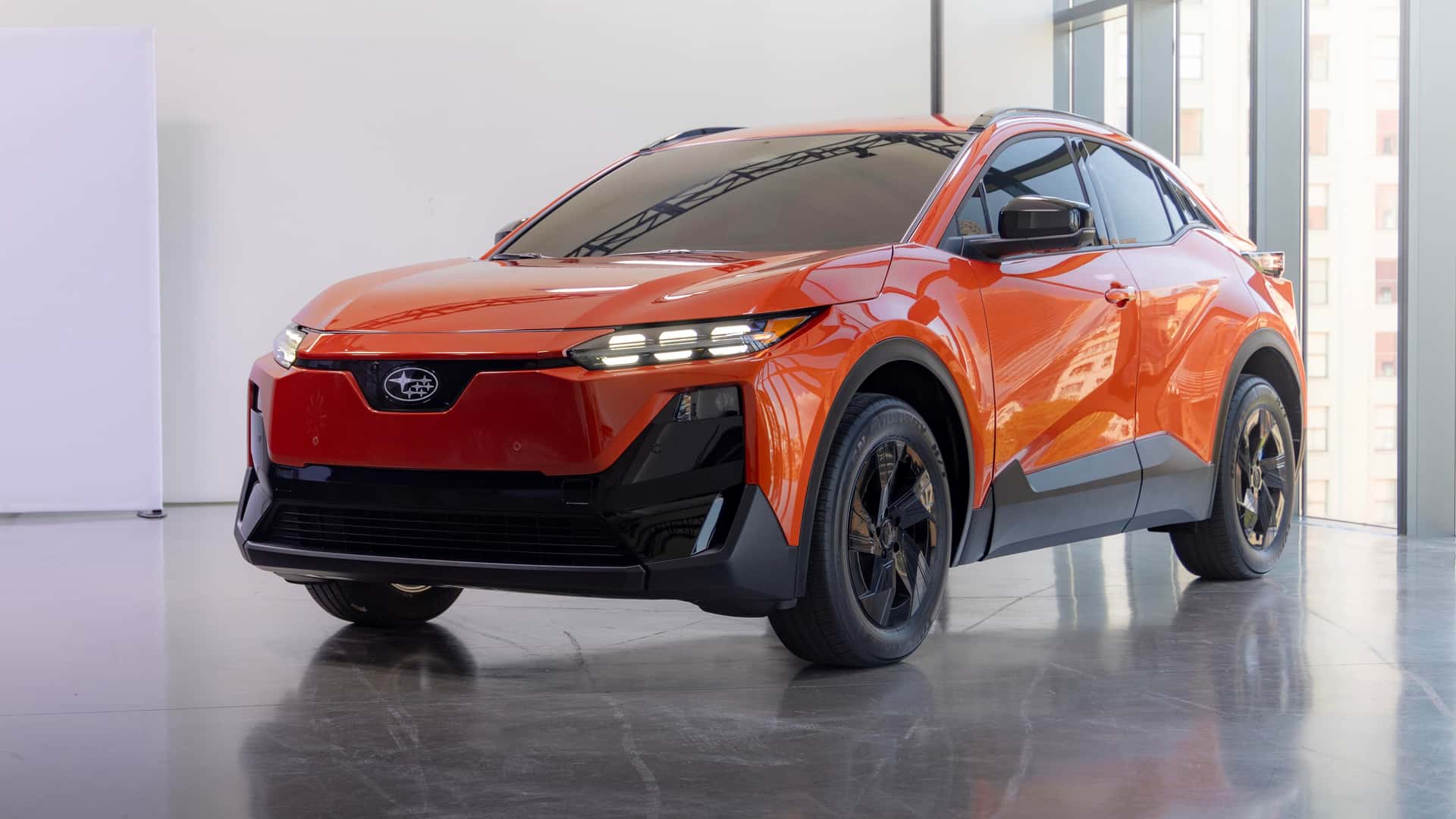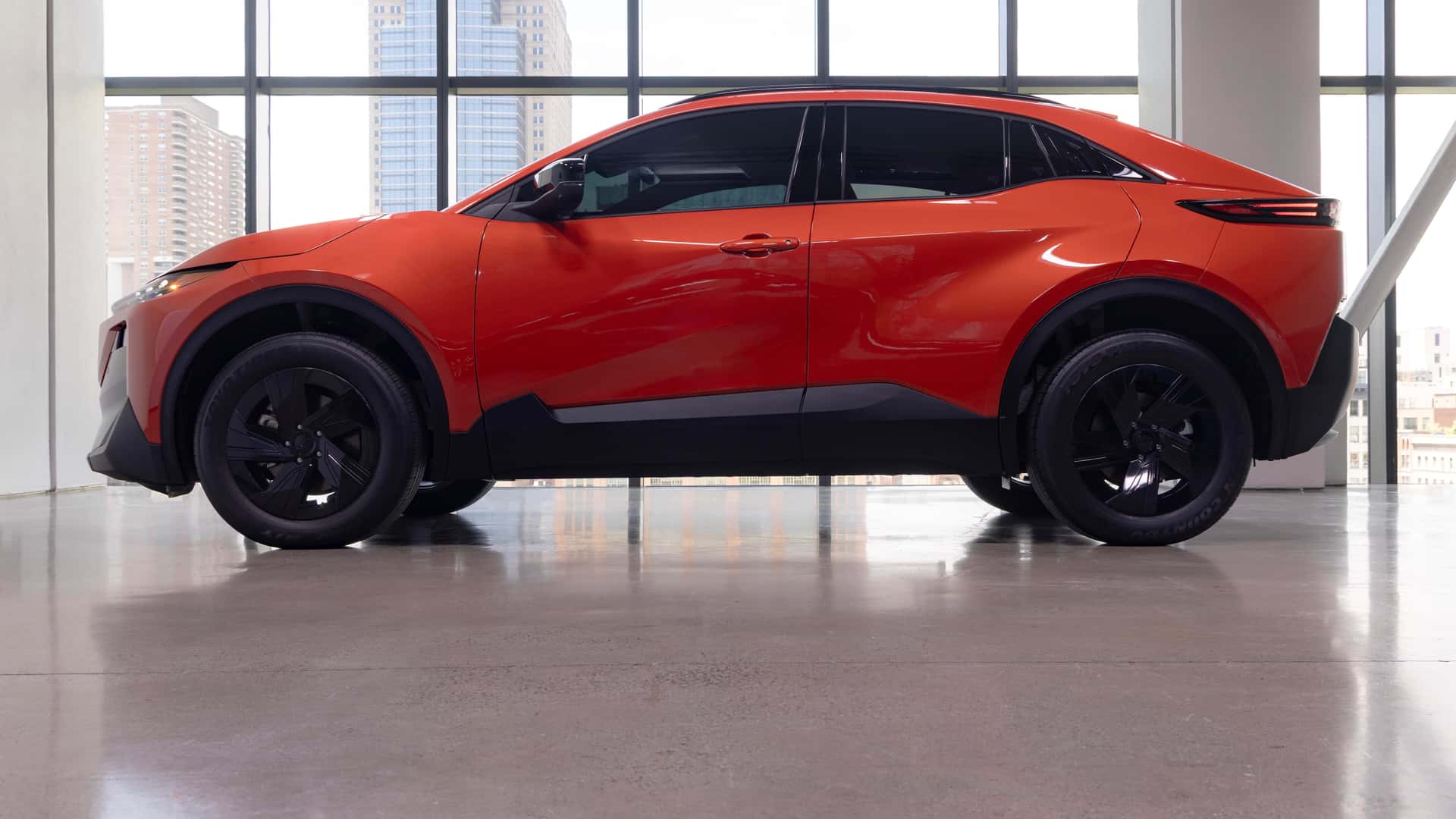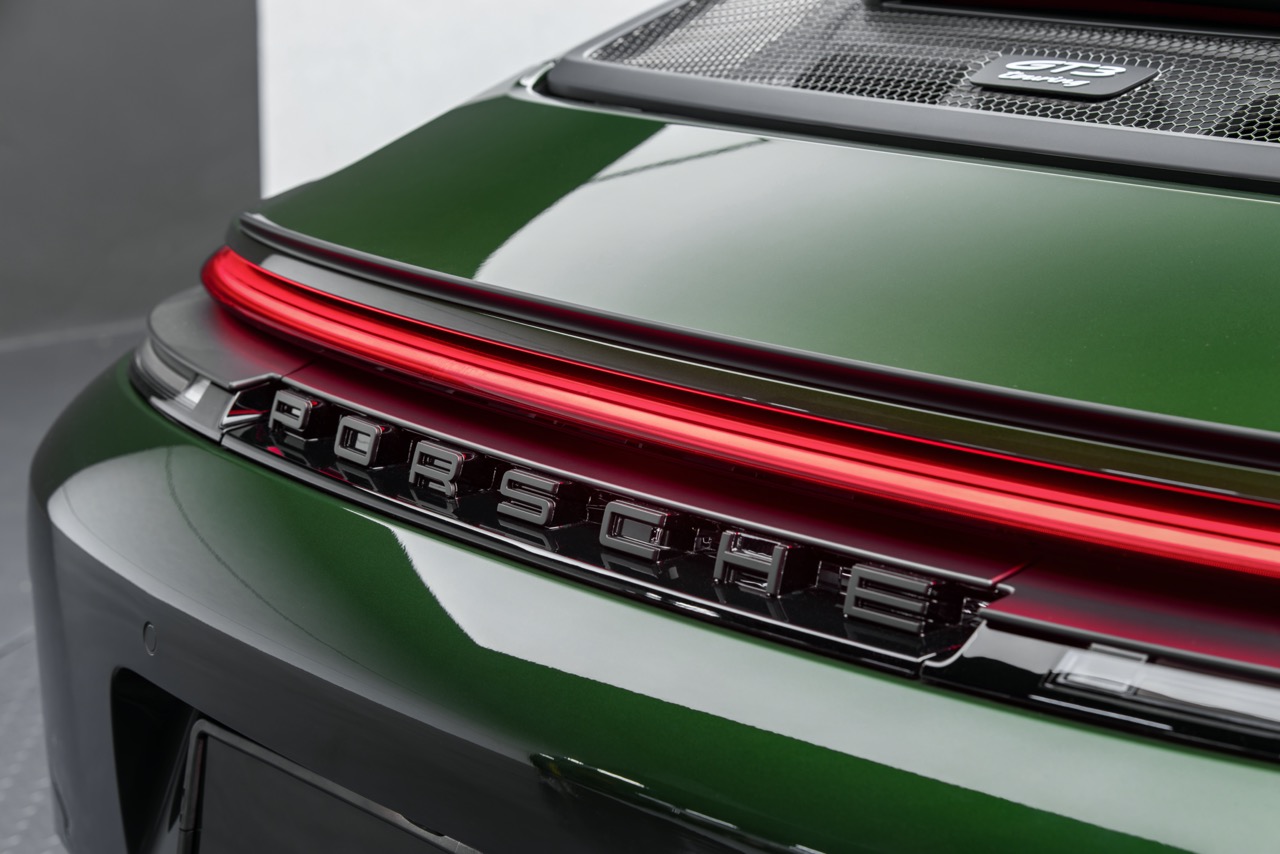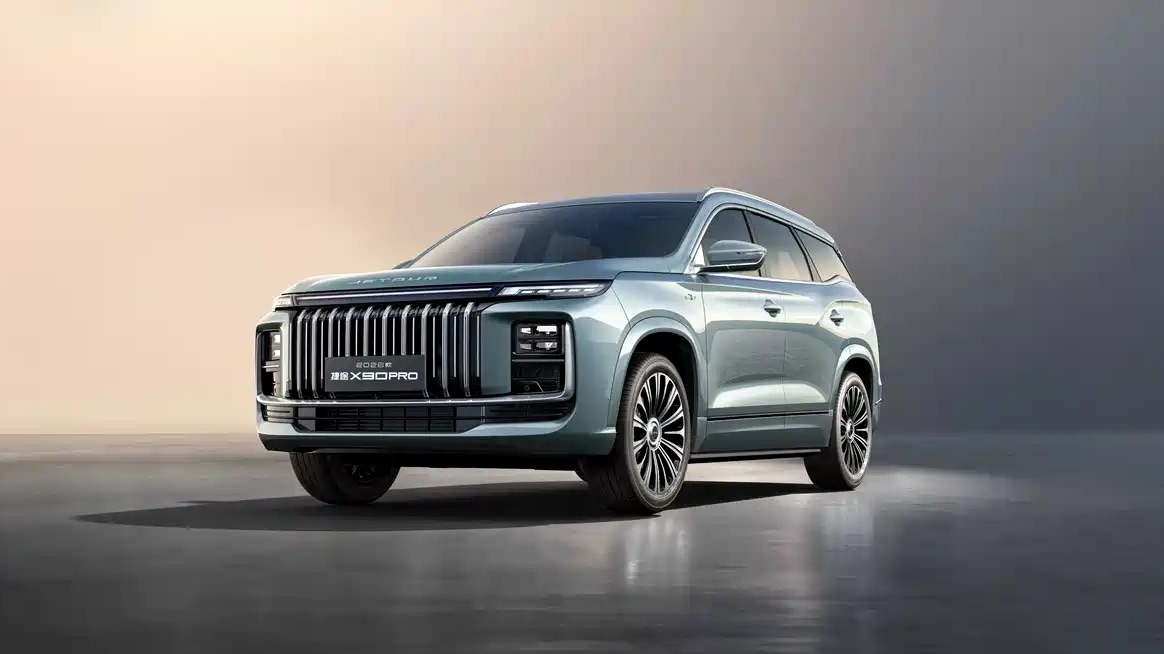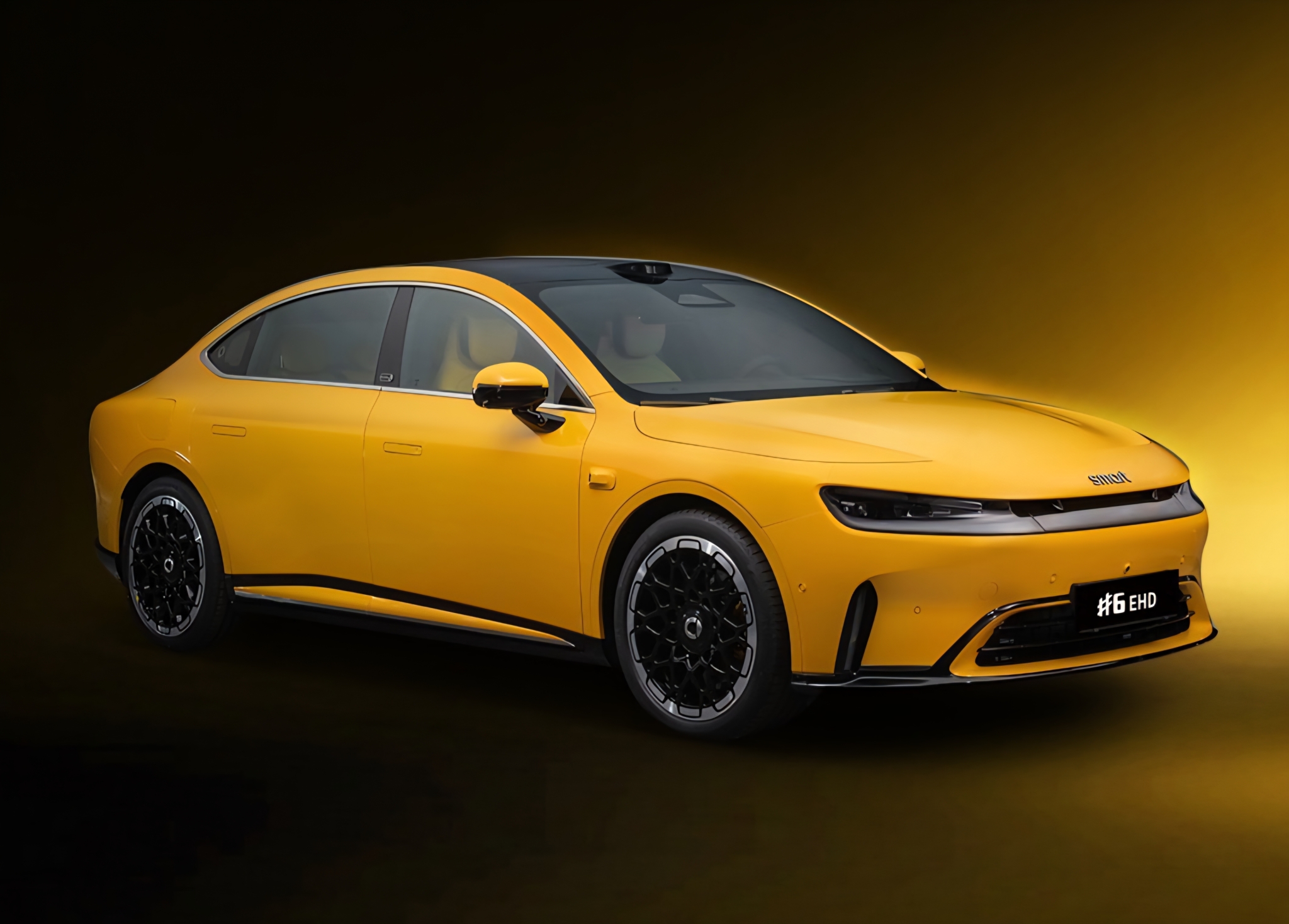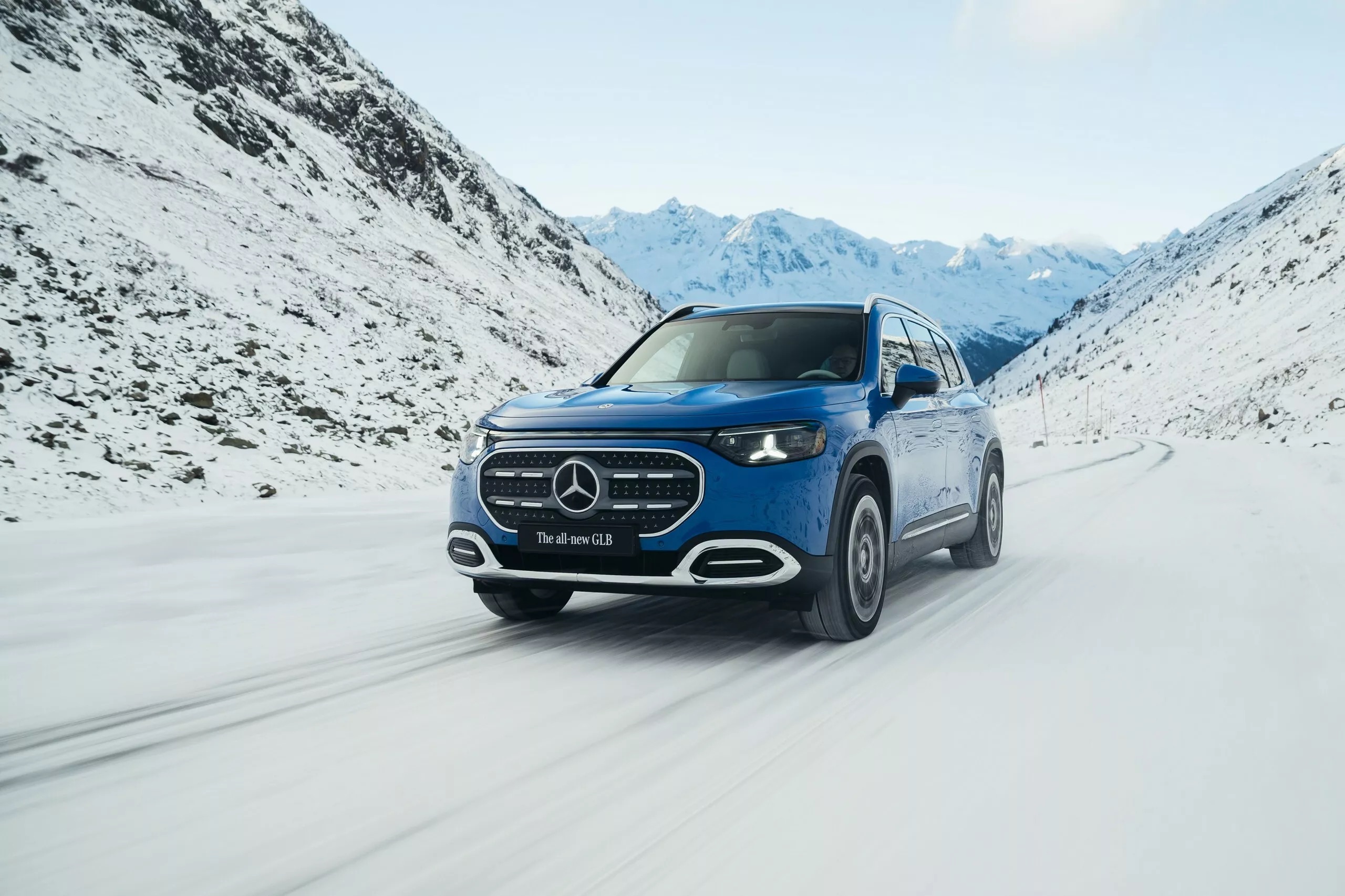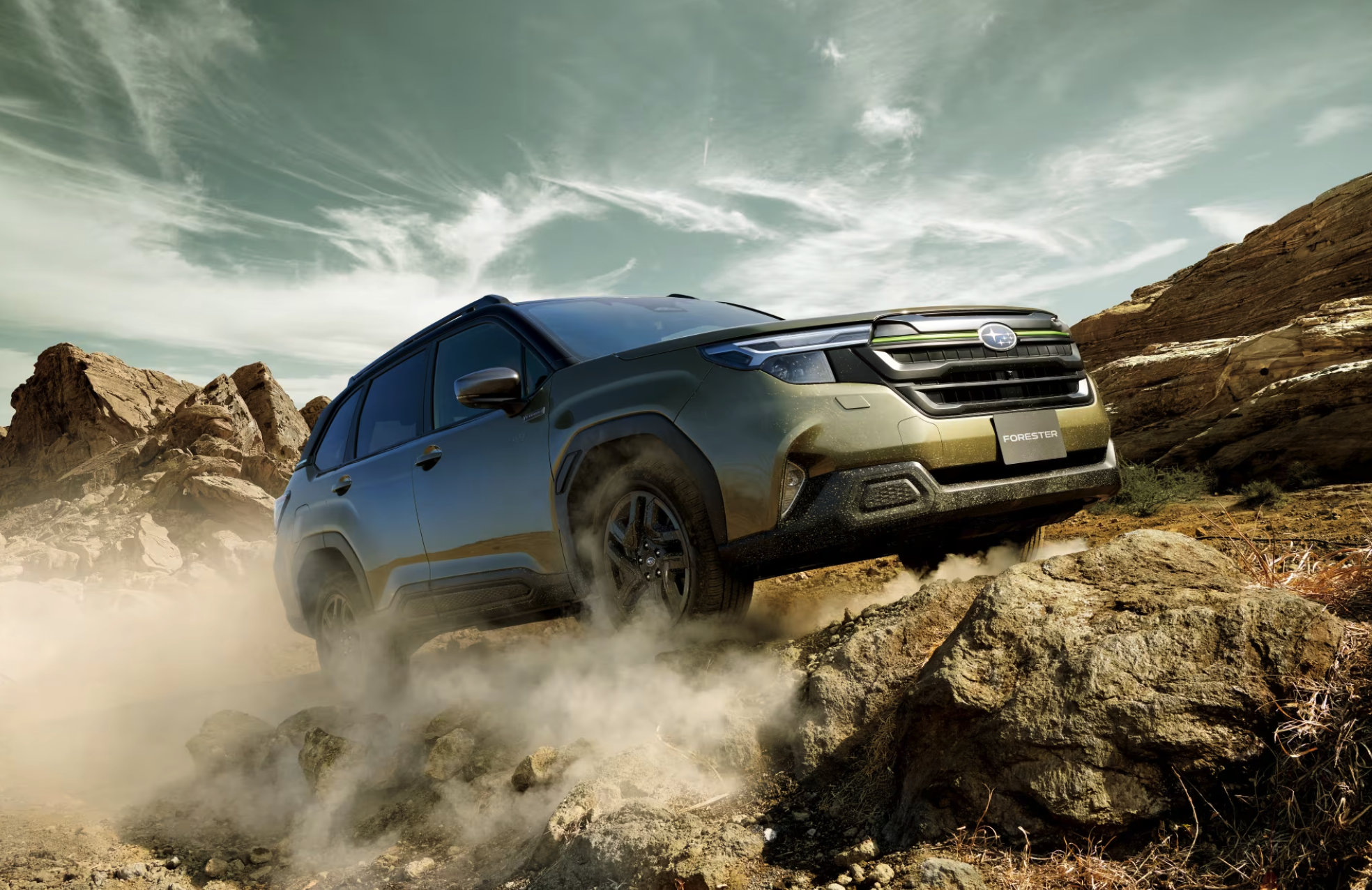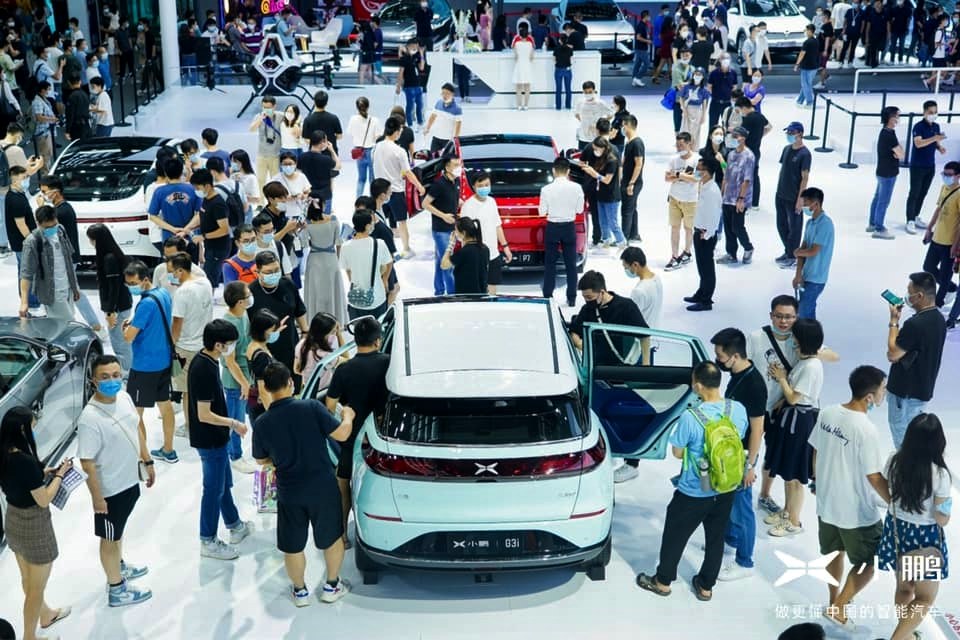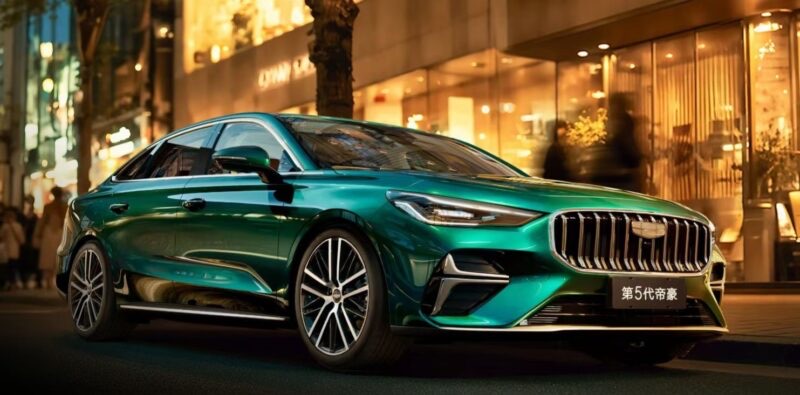Toyota Motor has officially announced its plans to begin electric vehicle (EV) production in Indonesia within 2025, marking a major strategic shift in the company’s regional manufacturing operations. This move aligns with Indonesia’s government-led push to accelerate EV adoption through generous tax incentives for locally assembled electric cars.
As part of this expansion, Toyota will start assembling its bZ4X all-electric SUV in Indonesia. This decision places the Southeast Asian nation alongside Japan and China as one of only three global manufacturing locations for the bZ4X. The company also confirmed it will begin production of electric pickup trucks in Thailand later this year, reinforcing its commitment to electrifying its commercial and passenger vehicle offerings in the region.
Toyota’s long-standing presence in Indonesia, where it commands over 30% of the automotive market, has previously been centred around hybrid vehicle manufacturing. However, this latest development marks Toyota’s first foray into full EV assembly in the country, positioning it in direct competition with a wave of Chinese manufacturers that have recently entered the Indonesian EV sector.



